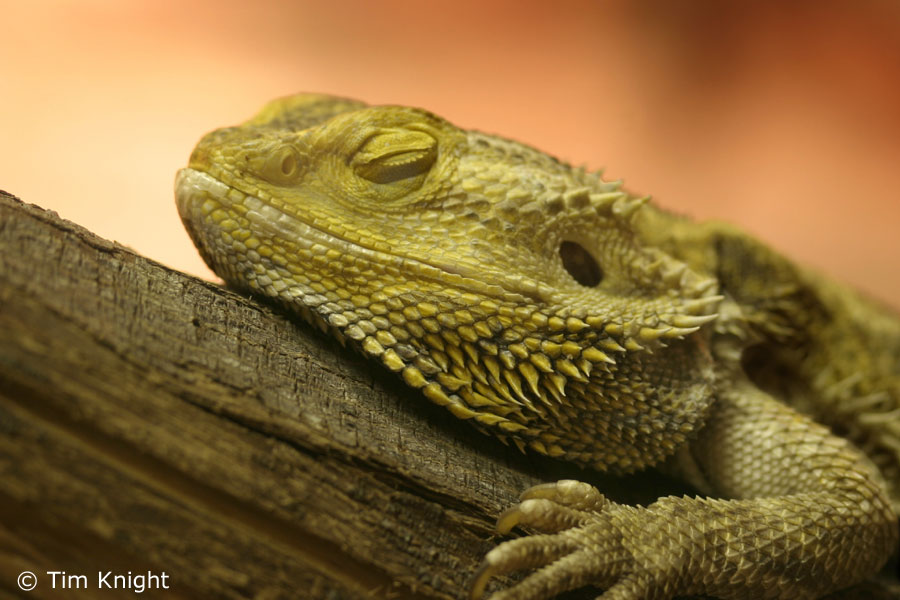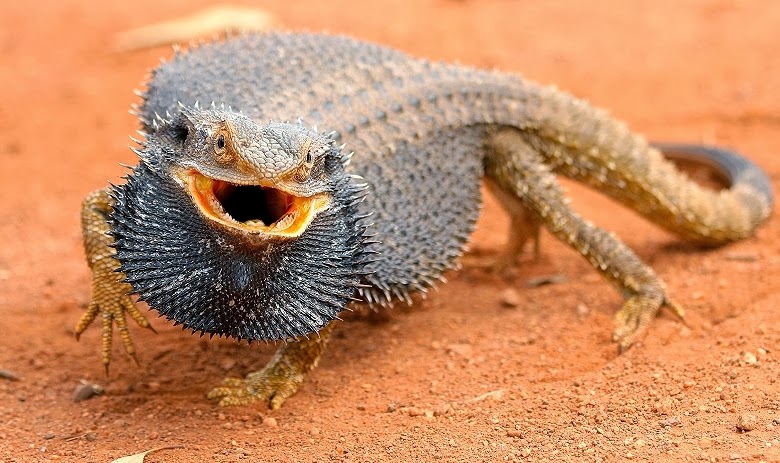The Complete Guide to the Pink Bearded Dragon - Everything You Need to Know
Introduction
If you’re looking for a new addition to your pet family and love reptiles, a pink bearded dragon might be the perfect choice for you. These fascinating creatures are fun, unique, and relatively easy to care for. In this article, we will delve into everything you need to know about these amazing lizards, including how to care for them, their habitat, and much more.

What is a Pink Bearded Dragon?
A pink bearded dragon is a type of lizard that belongs to the family of Pogona. These lizards are similar to other bearded dragon species, but they have unique mutations that give them a pink or reddish coloration. Pink bearded dragons are also known for their docile and friendly nature.

Habitat and Housing
As with any pet, it’s important to ensure that your pink bearded dragon has a suitable habitat and housing. While these lizards are relatively small, around 18-24 inches in length, they still require a decent amount of space.
- A terrarium that is at least 40 gallons is recommended for a single adult pink bearded dragon.
- The enclosure should include a heat source, such as a basking light or ceramic heat bulb, and a UVB light to mimic natural sunlight.
- Provide a hiding spot for your lizard, such as a rock or branch, to make them feel secure.
- The enclosure should be kept clean and free of waste, so daily cleaning and routine maintenance is necessary.

Diet and Feeding
Pink bearded dragons are omnivorous, which means they eat both plant and animal matter. As a pet owner, it’s essential to provide your lizard with a well-balanced diet to ensure they receive all the necessary nutrients.
- Feeding should take place in the morning to mimic their natural feeding habits.
- Offer a variety of vegetables such as collard greens, mustard greens, and carrots, and insects such as crickets, mealworms, and waxworms.
- Supplement your pink bearded dragon’s diet with calcium and multivitamin powder to prevent nutrient deficiencies.
- Provide fresh water every day in a shallow, safe dish.
.jpg)
Temperament and Behavior
Pink bearded dragons are known for their friendly and docile nature and make great pets, especially for beginners. They love human interaction and can become very attached to their owners.
- They require daily interaction and handling to get used to human touch and develop familiarity.
- Pink bearded dragons are diurnal, meaning they are active during the day and sleep at night.
- If they feel threatened, they may puff up their beard to appear larger and hiss. This is a natural defense mechanism and does not mean that they are aggressive.
- They enjoy basking in the sun and require a basking area in their enclosure.

Health and Care
Proper care and maintenance of your pink bearded dragon are crucial for their overall health and wellbeing. Keep a close eye on your lizard’s behavior and appetite, and always be aware of any changes or signs of illness.
- Monitor temperature and humidity levels in the enclosure to ensure ideal living conditions.
- Bathe your pink bearded dragon to help with shedding and promote healthy skin.
- Schedule regular check-ups with a reptile veterinarian to identify and treat any illnesses or health issues.
- Handle your lizard gently and carefully, supporting their body and limbs to avoid injury.

Conclusion
Pink bearded dragons are a unique and fascinating pet that can bring joy and companionship to any reptile lover. With proper care and attention, they can live a long and healthy life, becoming a cherished member of your family. By following this guide, you can provide your pink bearded dragon with everything they need to thrive and create a loving and happy home.
